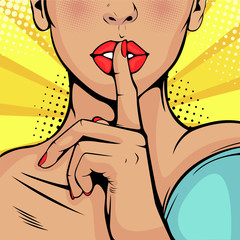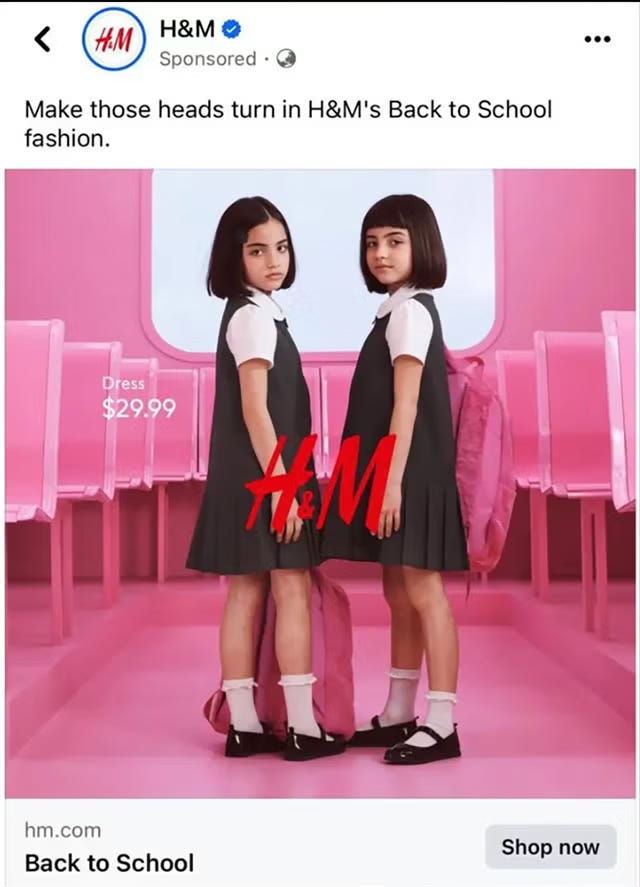‘Mums coming at six’ the message read.
Tonight would be a good night. His mother-in-law had agreed to watch the children while he and his wife went out for dinner. His wife, Kayley, had invited some of her friends, and with them came new partners he had never met. He enjoyed meeting new people, as the conversation would inevitably turn to work.
Neither rich nor good-looking, telling people where he worked was a rare chance to flex his ego. Because without fail, they would look suitably awed when he told them he was an Interstellar Audio Analyst.
It sounded a lot better than it was.
In reality, it was the downward curve of an unimpressive career in space. He set out with dreams of being an astronaut and instead sat at a procession of desks until he ended up here. This was the kind of job you go to when you have a few years left until retirement and want an easy ride or, as was his case, your superiors thought you weren’t capable of anything more.
And so he spent his days listening to space. Or rather watching the sound waves data on the screen. Deep down he knew this job probably should be automated, but they just couldn’t risk it, on the off chance something happened.
And occasionally it did.
Five years prior, two years before he had taken the job, they had detected the sound of gas rippling through space as a star had a tantrum. Or at least, that is how he would explain to everyone tonight – there was no point getting too technical with teachers and hairdressers, he thought.
He often neglected to mention it wasn’t him that had detected this, as it was the only exciting thing to say about his job.
And so he sat, checked his Facebook, questioned why he was still on Facebook and then reluctantly turned back to the screen. Before sighing and reaching for his phone once more.
Flat. Flat. Flat. Miniscule rise.
That was the standard pattern of the data, and often the miniscule rise wasn’t enough for the sonification programme to capture, let alone translate into a sound that could be heard by humans.
Although David still attested that the day he brought his dog to the office, it cocked its head just as the data rose. His colleagues suggested that instead of bringing his dog, he should bring a tinfoil hat, and so Darcy the Labrador stayed home and David’s mouth stayed shut when it came to his ideas.
Flat. Flat. Minuscule rise. Flat. Flat. Flat. Flat. Flat. Flat. Flat. Flat. Flat.
David just happened to glance up and pause, his thumb hovering above the video still playing on his phone. Why was the wave so flat?
Flat meant no sound. And although it was widely accepted that space was quiet, he wondered at what point it went too quiet. No he wouldn’t flag it to his manager yet. The less interactions he had with Mike the better.
Flat. Flat. Flat.
Spike.
The small machine adjacent to his computer let out a low, bored hum. Unaccustomed to having to work, the sonification programme took it as a personal offence when its slumber was disturbed.
David’s breathing sped up, willing the programme to do the same. This was it. This was his moment.
It could be a black hole. It could be a star collapsing. Whatever it was, it was the reason he spent forty hours a week sat here, year after year.
It felt like another year passed as the programme whirred away. Did it normally take this long? Had it broken without him realising? Shit. He’d get fired for that. Fuck. No…
His train of thought evaporated as soon as the pop-up appeared. His heart stopped. A chill ran down his spine. Time froze. Suddenly he remembered to breathe again, gasping at the stale air in the windowless office. A small part of his mind whispered he should probably get Mike before pressing play.
Fuck it. This is my moment he reasoned, pressing play.
“Stay Quiet.
Stay.
Quiet.”
It was only when his eyes started to hurt that David realised he hadn’t blinked or taken a breath since pressing play. The once stale air now felt like a cold as he breathed it in. He slightly shook his head, trying to shake off the shock. He pressed play again.
“Stay Quiet.
Stay.
Quiet.”
The voice, the words. Unmistakeable. David had expected a crackle, maybe if he was lucky a pop or a bang. But this was a voice, an automated voice, but a voice nonetheless. He really should have got Mike before pressing play. Fuck.
He knew he should go and get Mike now, he was only sitting two doors down the corridor. He could be quick, and then they could come and listen to the message again. But his legs wouldn’t move. He wanted to play it again, and again, and again just to be sure.
But the longer it sat listening to the message, the less he understood it and the worse it got. So with bile rising up his throat and a stone in his stomach, he dragged his leaden legs to Mike’s office. Making slow, heavy progress down the corridor, he tried to work out what to say.
Mike looked up with an air of disbelief. When you ranked as high as him, people didn’t just walk into your office – let alone people like David Sneddal. He was about to remind him of that but David threw his words out first, in a fast, incoherent tumble.
“What are you –“
“Now. You need to listen to this. Now.”
One of the reasons Mike despised David was the way his pale blue eyes seemed small and perpetually watery. At this moment, however, David’s eyes seemed to have stretched, engulfing his face, which seemed unnaturally pale. That was enough for Mike to follow him without question, back to the small room which David called his office.
“Sit. Look – Listen!” David instructed stepping back, so Mike could fit behind the desk and into the chair.
From the side, back pressed against the filing cabinet David couldn’t understand why Mike wasn’t picking up the headset. Mike’s brows had furrowed as though studying the screen, but he had yet to listen to the message.
“You, er, need to press-“
“Listen, Dave, if you’ve broke it neither me or you are going to be able to fix it. Ring tech and write a statement on how it happened because its going to be expensive to fix. Operations won’t be happy.”
David blinked hard. Twice. Then took a tentative step forward, perhaps he had misheard.
“Have you listened to the message?”
“What message?”
“On the system”
“What system?” It took all of Mike’s willpower to say this politely, albeit through gritted teeth. On the screen, the ‘system error’ text blinked in black and green.
David blinked, his watery blue eyes swimming in confusion. He opened his mouth and closed it again; instead squeezing around the desk to stand over Mike’s shoulder. Even in this emergency, David couldn’t help but notice how uncomfortable it was to be this close to Mike.
“What’s the error? What did you click? Did you not see the recording?”
Silence stretched between the two men, until at last David spoke again.
“There was a message.” He gulped, hating how frail his voice sounded. This was his moment. This would be the pinnacle of his career, the reason he would be remembered. And Mike had ruined it.
“How can I listen to a message if it’s broken? And what do you mean by message? What was it? A bang? Crackle?”
“It was a voice.”
The silence came again.
Mike stared at him, and David wasn’t sure if it was in disbelief or shock.
“A voice?”
“Yes a voice, an automated one, but a voice.”
“And what did this voice say?”
David disliked the way Mike had emphasised voice. He said it the way would when talking to a child about their imaginary friend.
“It said to stay quiet. Stay quiet – that was the phrase. It said it twice.”
“Who should be quiet? Us, you, the transmitter?”
“I don’t know, that was all it said.”
“Right, well bit of a coincidence that isn’t it? The first time we make contact just happens to be when you’ve broken the machine-“
“I didn’t-“ David tried to interject but Mike cut him off, already walking out of the room.
“well write it up and send it to me and IT.”
For the first time since working there, David became aware of how oppressively quiet the room was. He was scared to move, to break the silence with his footsteps, or a rustle of his shirt because that would mean the moment had gone and he had no idea what to do next.
He thought about contacting Mike’s superior but doubted they would listen, and the retribution from Mike would be strong. But he had to do something because he was confused. Confused about a lot of things, but one thing in particular: was the message an instruction or a warning?
To him, there was only two options that made sense.
Perhaps the transmitters were annoying, so this was a more advanced species that was shushing us, like you would a rowdy child.
Or maybe they were warning us. Telling us to hide. To not draw attention to our small little planet, with its small technological range.
Surely if we were the annoying child of the universe, we would have been told before now he reasoned. The transmitters had been used for decades, why would they only now become annoying? And that was without delving into the question, of who exactly found them annoying.
The second option made his mind go blank. A warning from one planet to another was something he couldn’t comprehend but felt true in his soul. And so he did the only thing he could think of and called his wife.
Pick up. Pick up. Pick up. Pick Up. Pick Up. Pick Up. Shit…
“Kaylz, when you get this voicemail ring me, as soon as. Something’s happened and I… Just call me.”
Kayley cradled the small paper cup with the same gentleness she usually received for infants and small animals. Now her hands had finally stopped shaking, she felt hyper-aware of everything she touched. The whirling and rhythmic beeping of the machines acted as background noise to her frantic thoughts. Round and round and round they swirled and on and on the machines beeped. The voicemail David had left. The stress in his voice. The ambiguity of it all. The three stern knocks on the door. The police said he’d been in an accident.
It was sheer luck that she noticed his fingers moving, a tiny twitch followed by a soft groan. She stood up, leaning over the bed, ignoring the railings digging into her stomach.
“Dave, Davey-baby it’s me. I’m here.”
David replied in an almost inaudible breath. “Stay quiet.”
_______________________________________________________________
I’ve got to admit I don’t feel like this is my best work.
It’s been years since I’ve written fiction and I definitely felt rusty writing this, I feel like I got more into the flow as the piece went on but the start took quite a few rewrites. I guess it didn’t help that this is my first-ever sci-fi story.
Does it count as sci-fi? I feel like it does.
It was shamelessly inspired by this Reddit post, which I stumbled upon randomly whilst up for a night feed with my son. The user who came up with this answer had such a good idea, I truly think it would be the worst thing we could hear from outer space.
Anyway, I hope you enjoyed it!



